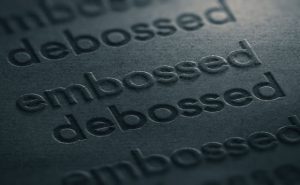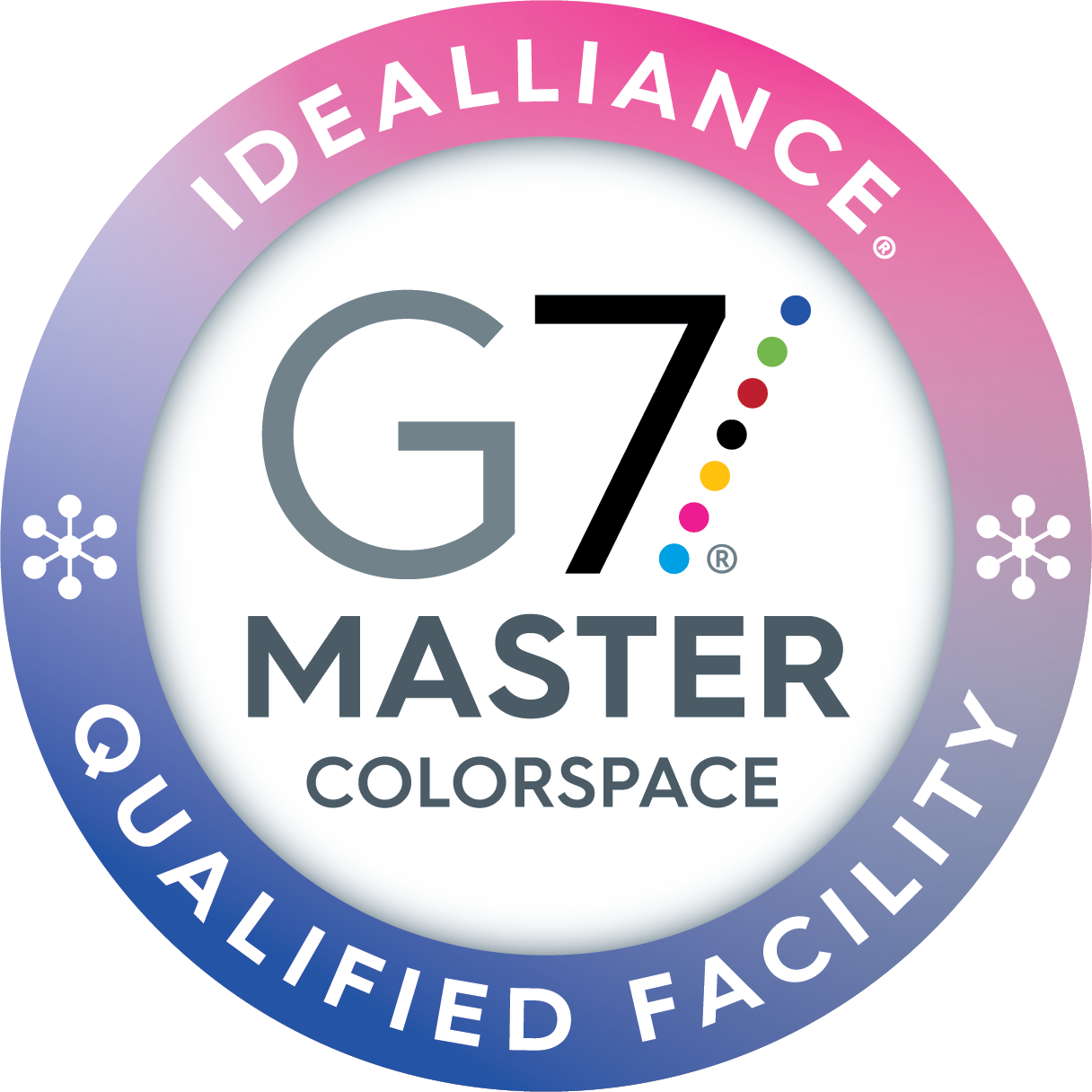Looking for a great way to add dimension and texture to your printing project?

Embossing and debossing are the way to go.
Embossing and debossing are both finishing processes that press designs or texts into a material creating a raised or indented silhouette on the artwork and adding dimension to any brand.
Embossing can incorporate several die styles to achieve a unique effect. Round dies produce designs with rounded corners whereas flat dies to create straight edges. Beveled dies create a deep emboss effect and produce a more 3-dimensional multi-layer effect.
You can look at debossing as the opposite of embossing. Instead of having the image pop up from the paper, it is indented into the stock.
The Process:

A die, is a personalized metal plate cut into the design that is wanted to be embossed. The die presses into the stock, just like a stamp and it slightly raises the image off the paper. It can be single or multi-level. A single level will raise the design off the paper to one consistent height or depth and a multi-level creates a more complex emboss or deboss.

The results are a three-dimensional effect that emphasizes a particular area of your overall design. There are two parts to an embossing machine, the female die that will go on top for embossing and the male die that goes under the stock for embossing. For debossing, you have the same male and female dies but they switch positions. Once the plates and stock are in place both heat and pressure are applied. The die is pressed into the stock to create a relief of the image. This is known as blind embossing because there is no color and it is raised (or depressed for debossing) paper. Adding color to your embossing is possible and it is referred to as registered emboss or combination emboss.
Things to consider when using embossing and debossing
Vector Art: It is important to make sure you are starting with the correct file types. If you have a designer ensure the final design is a vector file and not a raster file. If you don’t have a designer don’t fret, TigerPress has a talented pre-press creative team.
Location: Pick the best spot of your overall design to emboss. The best way to use embossing or debossing is in certain locations and not over a whole piece. The exception is a simple yet brand-setting logo or design.
Go Simple: With embossing and debossing adding literal 2D imagery this makes simple artwork the best.
Embossing and Debossing Terminology:
- Chipboard– A light cardboard that can be used as a base for embossed patterns
- Dry Embossing- Also known as ‘relief embossing’ is when the dies are pressed into the stock with no color or shading added
- Embossing Ink- Thick, slow-drying ink used in heat embossing
- Embossing Powder- A fast-melting powder often used in heat embossing. The powder is sprinkled on a stamped design and melted using a heat gun
- Heat Embossing- An embossing technique that creates a raised pattern using a stamp, embossing ink, embossing powder, and a heat source
So, if you are looking for a way to add texture and dimension to any print project, embossing and debossing is a great way to do that. Reach out to TigerPress to learn more.

